Jean-Loup Felicioli and Alain Gagnol, the Academy Award-nominated writers and directors of A Cat In Paris, have created a new kind of hero in Phantom Boy. The English dub, which includes the voices of Fred Armisen, Vincent D’Onofrio, Jared Padalecki, Marcus D’angelo, and Melissa Disney, premiered in the United States over the summer and stands out as unique film both visually and thematically.
In a NYC backdrop that combines noir and fin de siècle art, we’re introduced to a tough male detective–an obvious hero who’s abruptly injured and teams up with Leo, a hospitalized boy with a special power, and Mary, a female journalist. You can watch the trailer here. I had the opportunity to interview Gagnol over email about how Phantom Boy created their look and how he made a “rarely seen” character his hero.
The Mary Sue (Charline): Phantom Boy has a pretty varied emotional landscape, going from comedic to action-packed and heartbreaking in the matter of minutes. Was it challenging to balance all those tones and genres?
Alain Gagnol: I could make this mixture of emotions through my main character. Leo is a child with two main features: he has a serious illness, and he has the power to get out of his body. These two characteristics have allowed me to have action scenes (for superpowers part) but also more realistic and sad sequences (for the disease part).
The hardest part was actually building the structure of the script for the action to advance along with the emotions. In general, I love the films that play with different emotions. This allows for a richer narrative. And it also seems closer to life.
TMS: It felt like New York City was its own character in the movie. Could you talk a bit about how you see the story and the setting informing those gorgeous shots of the city?
Gagnol: With the cartoon, the most beautiful scenery in the world can afford, even working in a small studio in southern France. New York is probably the most cinematic city in the world. All cinema lovers feel the same experience without ever having been.
It seemed interesting, with a character that flies, to do zigzag between the tall buildings of Manhattan. Visually, it helps to have large vertical lines, and play with the depth of the scenery. In addition, in the story, the entire city is being blackmailed. It is as much in danger as the other characters, which reinforces its presence and importance. The sets of the film are like a dream version of New York. As if we had reconstructed the city completely in a studio. This gives an impression that is both realistic and offset from reality.
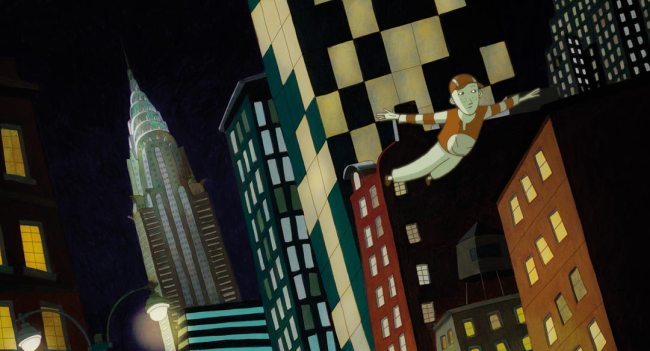
TMS: The art style of Phantom Boy is very distinct, and felt very evocative of painting styles like Impressionism or Fauvism. How did that come about, and why do you think it’s the best way to tell this story?
Gagnol: The design is inspired by classical painting. In silhouette and character faces you can recognize more or less direct influence of painters like Picasso, Modigliani, Matisse.
We made all our movies with the same design style. Whatever the story we tell, our references remain the same. Literature and American film noir are also great sources of inspiration for us.
I think it’s interesting, when working in a field, to open his world to other arts. This way, children have the opportunity to discover different images from those they usually see. It would be a shame to limit to just one way of seeing the world.
TMS: One of the things I enjoyed about Phantom Boy is that our three main heroes are so varied and each brings something different. Is there a lesson in there for children, and viewers in general?
Gagnol: Through our films, we defend a humanistic vision. We believe that human beings thrives in fraternity and respect for everyone. By a working woman, a man and a child, we put forward this idea.
This is not a lone and invincible hero who breaks everything in its path. Phantom Boy tells the story of an alliance between three very different characters. They each have their strength and their weakness. I do not think a movie should be a moral lesson. It is above all a show. But according to the story you choose to tell, you always give your personal worldview.
TMS: I was really struck by Mary’s character, since I think in a more conventional or obvious story she would’ve been more of a damsel character–but she really holds her own. Can you tell me more about how you wanted to portray her?
Gagnol: Too often the female characters are only used to support the main character, to bring him comfort and restore confidence. Then, the man renews the action and the woman disappears from history. Things change all the same, thankfully. Even the major studios like Disney or Pixar depict independent female characters. Maybe animation is more advanced on this subject.
I wanted Mary to be a very active person, playful, and rash. She drove into action before thinking. Besides, she gets excited when the action slows a bit. I also liked the idea that the male character, usually highlighted in the action scenes, is in a wheelchair. This time, it is the woman who is in charge of the physical action, and this is the man who waits quietly in his corner!
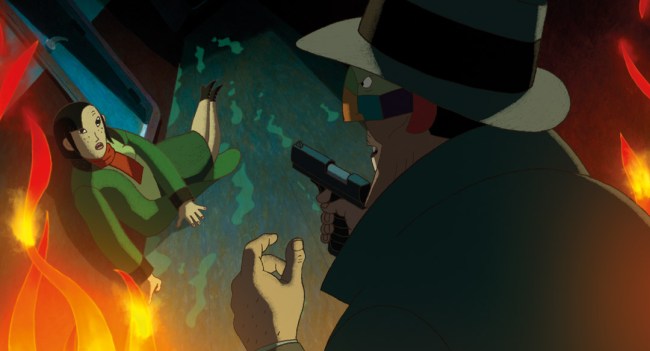
TMS: What is your favorite moment in the film?
Gagnol: I love the scenes between Leo and his little sister. I feel that we have managed to get the love between them. Their relationship evolves over the film. The little sister plays an important role in the outcome of the story. After Mary, I think she is the second major female character.
From my point of view, the human side of a story is always more interesting than the spectacular scenes. The true issues of a movie are in those scenes that speak of what we really are.
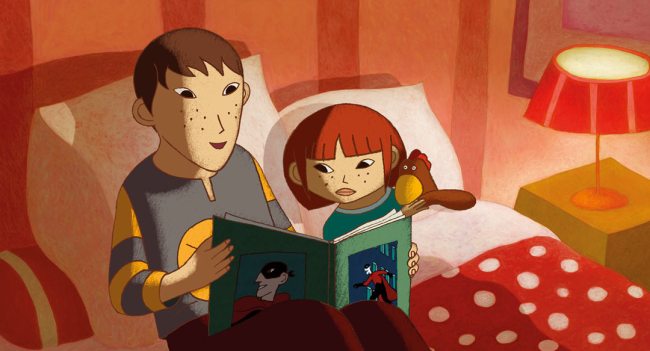
TMS: Is there anything else we should know about the movie?
Gagnol: Leo is a character rarely seen in cinema. His distinctive figure with his bald head and his cap is not shown on the screens. In general, the characters who suffer from a serious illness are staged in melodramas. We wanted to tell the story of a sick child in which you can find action, suspense, and humor. His illness is important but it does not define him. He is stronger than it.
If you want to check out Phantom Boy, you can find it on iTunes!
Want more stories like this? Become a subscriber and support the site!
—The Mary Sue has a strict comment policy that forbids, but is not limited to, personal insults toward anyone, hate speech, and trolling.—
Follow The Mary Sue on Twitter, Facebook, Tumblr, Pinterest, & Google+.



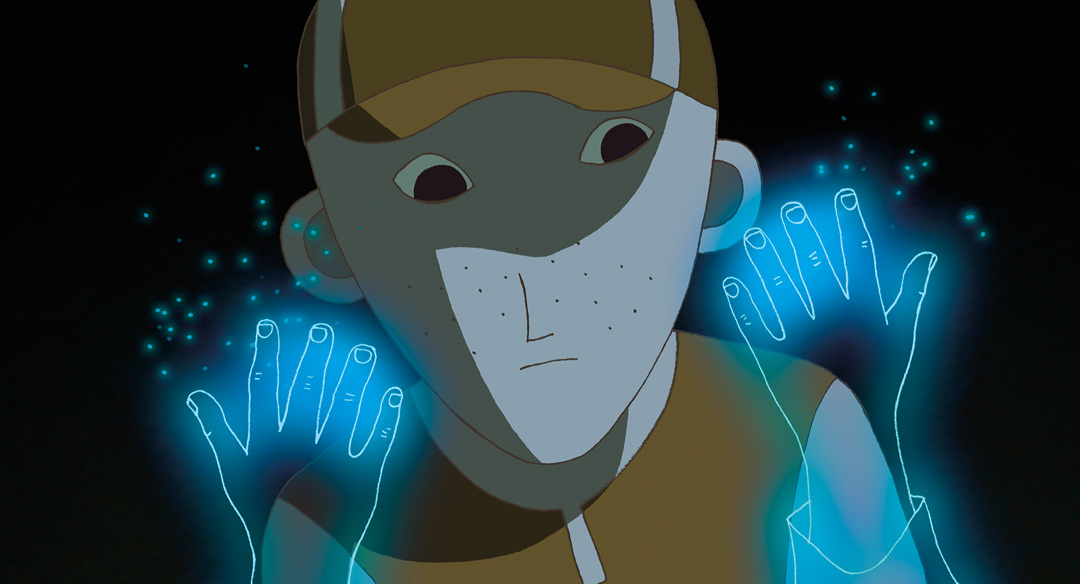



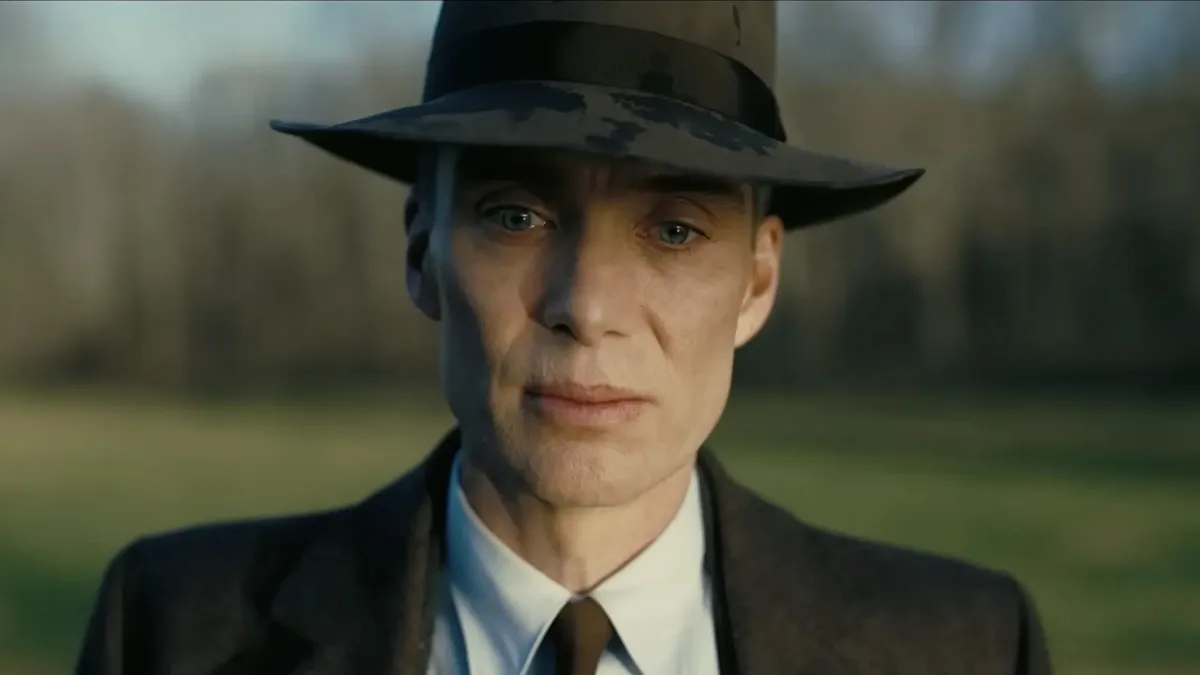

Published: Dec 21, 2016 01:56 pm